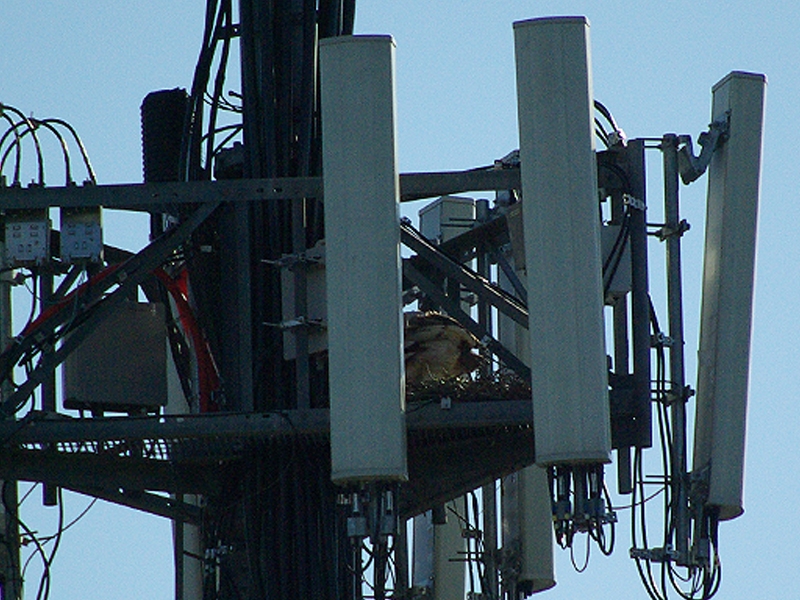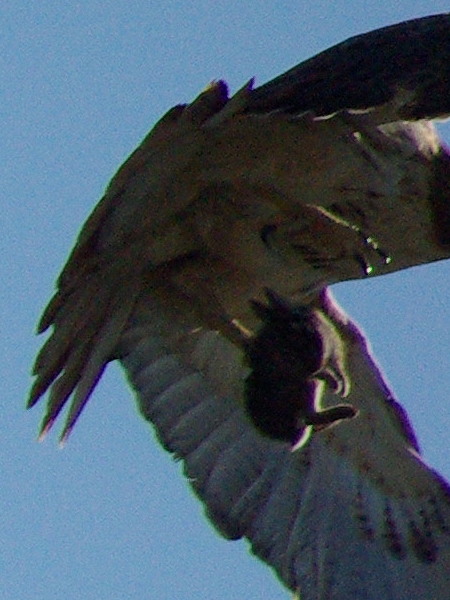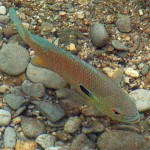Apr 18, 2012
The evening before I took these photographs I had noticed a pair of Red-tailed Hawks soaring around a cell phone tower in Richardson, Texas. I immediately became intrigued—the cell phone tower would be a perfect place for a hawk’s nest. But, I was too tied up in rush hour traffic to make a detour, so I made plans to investigate further the next day.
When I arrived at the location early the next morning, I pulled into a conveniently located parking lot and began to look the tower over through binoculars. I was disappointed not to see anything unusual on the tower, and needing to get to work, I prepared to leave.

On second thought, I decided that maybe there was time for one more look—this time with just a bit more concentration on the places that would appeal to a nest building hawk. That’s when I saw the tell-tale twigs sticking through the base of the lower platform. They were easy to miss amongst the jumble of wires behind them, but they were definitely there. All I needed was a better vantage point.

Fortunately, a short drive around the parking lot provided me with one. From this new position I was able to clearly make out the silhouette of the nest. There was no question about it. This was definitely a hawk’s nest, but I was still too close to it to see if it was currently occupied.


I quickly moved to another location a little further away, and was rewarded with an easy view of the incubating female Red-tailed Hawk!

Then something really interesting happened. The male Red-tailed Hawk showed up and did a nest fly by. He was carrying something in his talons. The female quickly became intrigued and soon she took to the air too.



The male circled the tower a couple of times, reducing his altitude all the while, before coming to a landing atop a parking lot lamp post very near where I was standing.

The female soon joined him and immediately took possession of the prize (a juvenile Eastern Cottontail). She then took to the air again, and returned to the nest to continue her incubation duties.






The male watched the female’s ascent, and when she was safely back in the nest he too took to the air, presumably to find more food.



I took a few more photographs of the nest before I left, this time from directly under the platform it was built on. The nest appears to be nearly 3ft/1m in diameter, and made mostly of twigs, sticks, and leaves.



Red-tailed Hawks are amazingly adaptable and do very well for themselves in developed areas. Rabbits, squirrels, pigeons, and doves make up the bulk of their diet and are abundant in our urban environment.
It is not clear how long these hawks have been incubating at this site, but with a typical incubation period of 28 to 35 days, its should be easy to infer once the eggs hatch.
I will continue to monitor this nest on a weekly basis as the season progresses.
This observation is continued here: Red-tailed Hawk – Nest Update 1






